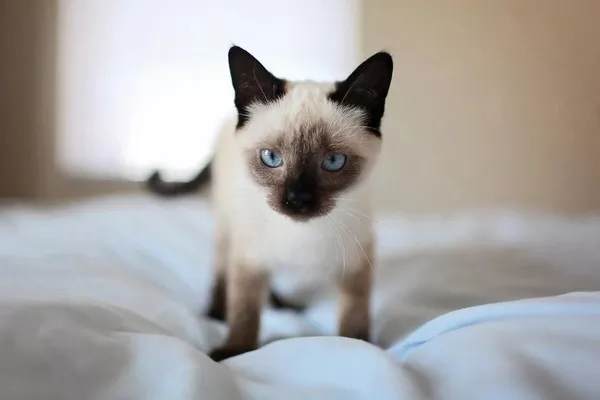Cats are beloved members of our families, and ensuring their safety and well-being is a top priority for any cat owner. While our homes may seem like safe havens, it’s essential to be aware of potential hazards that could pose a threat to our feline companions. One such danger is lily toxicity, a serious concern that many cat owners might not be aware of. In this article, we will delve into the dangers of lily toxicity in cats, discussing the types of lilies that are harmful, the symptoms of poisoning, immediate actions to take, and preventive measures to safeguard your cat’s health.
Understanding Lily Toxicity
1. Harmful Lilies
Certain types of lilies, including Easter lilies, Tiger lilies, and Daylilies, are highly toxic to cats. Even small amounts of ingested plant material or pollen can lead to severe poisoning.
2. Common Occurrences
Lily poisoning incidents often occur during holidays or special occasions when these flowers are commonly found in households. Cat owners may not realize the potential danger that these innocent-looking blooms pose.
Symptoms of Lily Poisoning
1. Gastrointestinal Symptoms
Early symptoms of lily toxicity in cats can include vomiting, diarrhea, and loss of appetite. These signs may develop within a few hours of ingestion.
2. Kidney Damage
One of the most dangerous aspects of lily toxicity is its potential to cause kidney damage. As the poisoning progresses, cats may experience increased thirst, lethargy, and decreased urine output.
Immediate Actions to Take
1. Contact a Veterinarian
If you suspect that your cat has ingested any part of a toxic lily, contact a veterinarian immediately. Time is crucial in treating lily poisoning to prevent irreversible kidney damage.
2. Inducing Vomiting
In some cases, your veterinarian may recommend inducing vomiting to remove any ingested plant material from your cat’s stomach. However, it’s essential to follow professional guidance and not attempt this without veterinary supervision.
Veterinary Treatment
1. Supportive Care
If your cat has ingested a toxic lily, your veterinarian will likely recommend hospitalization for supportive care. This may include intravenous fluids, medications to control vomiting, and monitoring kidney function.
2. Kidney Monitoring
Cats with suspected lily toxicity require ongoing kidney function monitoring through blood tests. Early intervention and treatment can greatly improve the chances of a positive outcome.
Preventive Measures
1. Removing Toxic Plants
The best way to protect your cat from lily toxicity is to remove all toxic lilies from your home and garden. Replace them with cat-safe plants that won’t pose a threat to your feline companion.
2. Raising Awareness
Educate your family, friends, and visitors about the dangers of lily toxicity in cats. Raise awareness about the importance of avoiding toxic plants in households with cats.
Safe Alternatives
1. Cat-Friendly Plants
Consider introducing cat-friendly plants, such as catnip, mint, and spider plants, into your home. These plants can provide enrichment for your cat without posing a risk to their health.
2. Artificial Flowers
If you enjoy having floral arrangements in your home, opt for artificial flowers instead of real lilies. Artificial flowers can provide the aesthetic appeal without the danger of toxicity.
Cat-Proofing Your Home
1. Elevated Spaces
Create elevated spaces and shelves where your cat can explore and play. This can help deter them from accessing plants that might be placed at ground level.
2. Supervised Outdoor Time
If your cat enjoys spending time outdoors, ensure that your garden is free from toxic plants. Supervise your cat’s outdoor activities to prevent them from coming into contact with harmful foliage.
See Also: Are Hydrangeas Poisonous to Cats?
Conclusion
In conclusion, lily toxicity in cats is a serious concern that demands our attention as responsible cat owners. Being aware of the types of lilies that are toxic, recognizing the symptoms of poisoning, and taking immediate action in case of ingestion can save your cat’s life. The key lies in prevention—removing toxic plants, raising awareness, and opting for cat-safe alternatives. By creating a safe environment and staying informed about potential hazards, you can ensure that your feline companion enjoys a healthy and happy life, free from the dangers of lily toxicity.
























